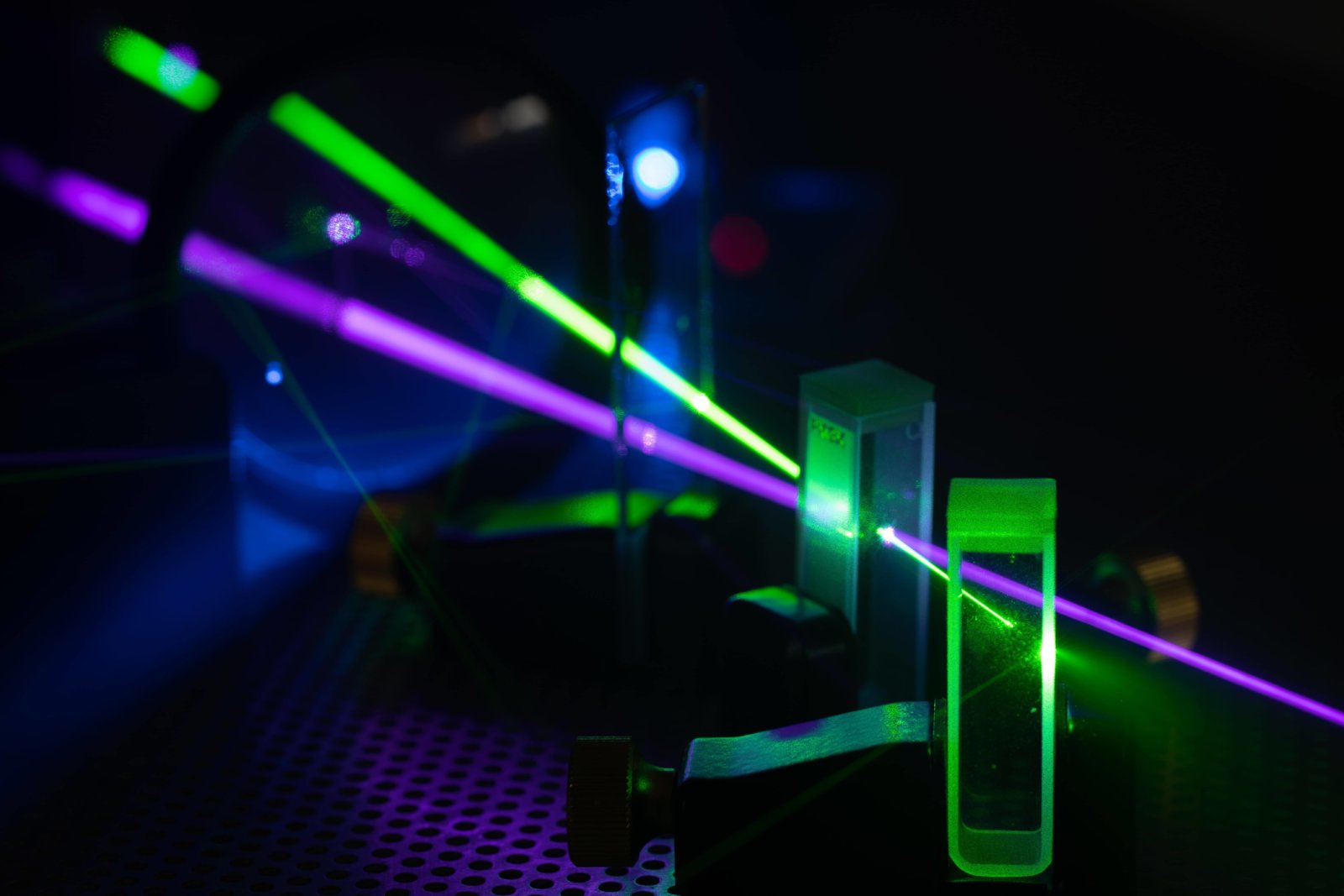 browsxchelsy.ueniweb.com
browsxchelsy.ueniweb.com Introduction: The Eyebrow Tattoo Dilemma So, you got eyebrow tattoos, and now you're not so thrilled with them. Whether the color faded to an odd hue, the shape is no longer your style, or you simply want a fresh start, you're not alone. Eyebrow tattoo removal is a growing field, and Cairns offers several options. This post will review the process, explore common removal methods, and provide a step-by-step guide to finding the best solution for you. This is not just about removing pigment; it's about restoring confidence.
Reviewing Eyebrow Tattoo Removal Methods Several methods exist for removing eyebrow tattoos. The effectiveness of each depends on factors like the type of ink used, the depth of the tattoo, and your skin type. Here's a rundown of the most common options:
- Laser Removal:
- Saline Removal:
- Glycolic Acid Removal:
- Surgical Excision:
This is generally considered the gold standard. Lasers break down the tattoo pigment into smaller particles, which are then naturally eliminated by the body. Multiple sessions are usually required. Success relies heavily on the type of laser and the skill of the technician.
A saline solution is implanted into the tattooed area, drawing the pigment out. This method is often preferred for smaller corrections or touch-ups. It is generally considered gentler than laser removal.
This involves using glycolic acid to gradually lift the pigment from the skin. It's a slower process compared to laser removal, and results can be less predictable.
In rare cases, surgical removal might be considered, especially for very small tattoos. This option leaves a scar and is typically only used when other methods are not suitable.
Step-by-Step Guide: Your Eyebrow Tattoo Removal Journey Removing eyebrow tattoos requires careful planning and execution. Here's a step-by-step guide to help you navigate the process:
- Research Clinics in Cairns:
- Schedule a Consultation:
- Assess the Technician's Expertise:
- Discuss Pricing and Payment Plans:
- Follow Pre-Treatment Instructions:
- Attend Scheduled Sessions:
- Follow Aftercare Instructions:
- Be Patient and Realistic:
Start by researching clinics in Cairns that offer eyebrow tattoo removal. Look for clinics with qualified and experienced technicians. Read online reviews and check their before-and-after photos. Pay close attention to reviews specifically mentioning eyebrow tattoo removal.
Once you've shortlisted a few clinics, schedule a consultation with each. During the consultation, discuss your tattoo, your desired outcome, and the technician's recommended removal method. Don't hesitate to ask about potential risks, side effects, and the estimated number of sessions.
Evaluate the technician's knowledge and experience. Ask about their qualifications, the type of laser (if applicable) they use, and their experience with removing eyebrow tattoos similar to yours. Do they seem knowledgeable and confident?
Eyebrow tattoo removal can be expensive. Make sure you understand the pricing structure and whether the clinic offers payment plans or packages. Get a clear estimate of the total cost before committing to treatment.
If you decide to proceed with treatment, carefully follow the technician's pre-treatment instructions. This may include avoiding sun exposure, certain medications, and skincare products.
Attend all scheduled treatment sessions and follow the technician's instructions carefully. The number of sessions needed will vary depending on your individual circumstances.
After each session, diligently follow the aftercare instructions provided by the technician. This is crucial for preventing infection, promoting healing, and maximizing results. This might include applying a specific ointment, avoiding sun exposure, and keeping the area clean.
Remember that eyebrow tattoo removal is a gradual process. It may take several sessions to achieve your desired outcome. Be patient and realistic about the results you can expect.
Conclusion: Regaining Your Brow Confidence Eyebrow tattoo removal in Cairns can be a positive experience, leading to renewed confidence and a fresh start. By carefully researching your options, choosing a qualified technician, and following all instructions, you can achieve satisfactory results and say goodbye to unwanted eyebrow tattoos. Remember to prioritize your safety and well-being throughout the process.
Browsxchelsy
 browsxchelsy.ueniweb.com
browsxchelsy.ueniweb.com Microblading Eyebrows Treatment: Get Natural-looking Eyebrows
 www.brow-hq.com
www.brow-hq.com How To Get Perfect Eyebrows
 www.rd.com
www.rd.com  beautyinc.mt
beautyinc.mt  phonemantra.com
phonemantra.com  removery.com
removery.com  topauto.co.za ```html
topauto.co.za ```html  www.cnbc.com
www.cnbc.com  atnsoft.ru
atnsoft.ru  www.physics-study.com
www.physics-study.com  nationallaser.com
nationallaser.com  www.maple367.eu.org
www.maple367.eu.org ![How to remove sticky residue: 13 effective methods [+ faqs]](https://i0.wp.com/selleys.com.sg/wp-content/uploads/2023/01/Infographic-on-methods-to-remove-sticky-residue.png) selleys.com.sg
selleys.com.sg  www.fotor.com
www.fotor.com  www.homebuilding.co.uk
www.homebuilding.co.uk  www.compadre.org
www.compadre.org  www.logo.wine
www.logo.wine  logos-world.net
logos-world.net  ar.inspiredpencil.com
ar.inspiredpencil.com